Tham Pua Cave in Chieng Dong Commune, Tuan Giao District, Dien Bien Province is the location of the first Command Headquarters of the Tran Dinh Campaign (code name of the Dien Bien Phu Campaign), with General Vo Nguyen Giap as Commander-in-Chief.
This is the location of the Forward Command Post of the General Command, and is also the first stop of the Command Post. Dien Bien Phu Campaign, about 65km from the center of Dien Bien Phu stronghold. Here, on January 14, 1954, an important conference took place to decide on the Dien Bien Phu Victory "famous Dien Bien, shaking the world" of our army and people.
This place has a safe location, many caves, beautiful scenery, convenient for directing campaigns. General Vo Nguyen Giap once wrote in his memoirs about Dien Bien Phu: “I feel the scenery here is very beautiful, I rarely write poetry, but I feel this beautiful scenery is very poetic. We are about to fight again so that the country can be as beautiful every night as tonight…”.

The Campaign Command was stationed here for 32 days (from December 17, 1953 to January 17, 1954). This area has rugged mountains running in the Northwest - Southeast direction, with cliffs 800m high or more. The Dien Bien Phu Campaign Command in Tham Pua cave is located deep in a rocky cliff about 2,179m above sea level. In front of the cave is a wide space of about 60m 2 , next to the cave is a flat land, more than 10ha wide, 100m from the cave is the Nam Hua stream flowing across, pouring into the Ma River.
Here, on December 19, 1953, the Campaign Command deployed a plan to attack the enemy in Lai Chau, preventing them from retreating to Dien Bien Phu and encircling the enemy in Dien Bien Phu, blocking them from retreating to Upper Laos. Next, preparations for the campaign were deployed, with the focus being on widening the 70km road from Tuan Giao to Na Nhan.
On January 12, 1954, the Party Committee Conference of the Front was convened at Tham Pua Cave. During the meeting, the delegates all agreed with the plan of "fighting fast, winning fast", because they believed that our army was in good shape, had a high determination to fight, and had heavy artillery and anti-aircraft guns on the battlefield for the first time, so we could create surprise and win. If we did not attack early, allowing the Dien Bien Phu stronghold to be reinforced and concentrated too strongly, we would miss the opportunity to destroy the enemy in this winter and spring. Moreover, fighting for a long time would be very difficult in terms of supplies. According to the plan discussed at the meeting, after firing 2,000 artillery shells at the enemy's artillery positions, airports, command posts and main resistance centers, we would use infantry from many directions to attack at the same time; The main attack force attacked directly at the enemy's command post, then attacked from the inside out, and attacked from the outside in, using all its forces over 3 days and 2 nights to destroy the entire Dien Bien Phu stronghold to end the campaign.

On January 14, 1954, on a large sand table, General Vo Nguyen Giap and the Dien Bien Phu Campaign Command met and decided to implement the plan of "quick attack, quick victory" in 3 days and 2 nights, the opening fire day was January 20, 1954. Here, General Vo Nguyen Giap assigned the tasks to the units: Division 308 attacked the stronghold from the West, through the positions in the fields, straight to De Castries' Command Headquarters. Divisions 312 and 316 were assigned the task of attacking the East, where the enemy's key high points were, the battle was expected to last 2 days and 3 nights.
On January 15, 1954, the Campaign Command urged units to clear the way to pull artillery into the battlefield. Then, to ensure convenience for campaign command, the Campaign Command moved to the second location at Huoi He cave, Na Tau commune, Dien Bien Phu city (at km 62 of the road from Tuan Giao to Dien Bien).
To closely monitor the work of the units being deployed and implement the Party Committee's resolution, on January 18, 1954, the General Headquarters moved to the new Command Center at km62 of Tuan Giao road to Dien Bien. The Campaign Command planned to implement the "quick fight, quick win" plan. The most important task of the Campaign Command at this time was to direct the troops and laborers to urgently build roads, pull artillery and transport food and ammunition to the front. To prepare for the "quick fight, quick solution" plan, the troops, youth volunteers and laborers repaired the roads and completely opened a new 63km road from Tuan Giao to Dien Bien. Notably, in just 24 hours, we opened a 15km long, 3m wide artillery-pulling road by hand, a miracle in history that is hard to imagine.
Talking to reporters of the People's Army Newspaper, comrade Pham Thi Thao, Deputy Director of the Dien Bien Provincial Relic Management Board (Department of Culture, Sports and Tourism of Dien Bien Province) said that Tham Pua Cave is a component relic of the Dien Bien Phu Battlefield National Special Relic, which was included in the list of special national relics by the Prime Minister according to Decision No. 1272/QD-TTg dated August 12, 2009. At the same time, according to Decision No. 591, dated May 3, 2002 of the People's Committee of Lai Chau Province (now Dien Bien Province), this relic is one of 23 relic sites approved for re-examination and adjustment of the protection zoning plan of the Dien Bien Phu Battlefield Historical Relic.
Accordingly, the area of Tham Pua cave relic has been re-measured, items that need to be restored and historical monument markers and steles have been placed. Along with that, the authorities have submitted a document to the Provincial People's Committee for consideration of funding for restoration, restoration, preservation, as well as propaganda and promotion so that Tham Pua becomes an attractive and meaningful tourist destination for visitors every time they come to the heroic land of Dien Bien.
HOANG TRUONG
1. According to the explanatory document of Dien Bien Provincial Monument Management Board.
2. Book General Vo Nguyen Giap and the Dien Bien Phu Campaign Command Headquarters in Muong Phang, Dien Bien, 2018, pp. 22, 23, 24, 25, 26.
3. Dien Bien Phu Battlefield Relics Book, Dien Bien, 2019, pp. 25, 26, 27, 28.
4. According to the Department of Culture and Information of Tuan Giao district, Dien Bien province.
Source














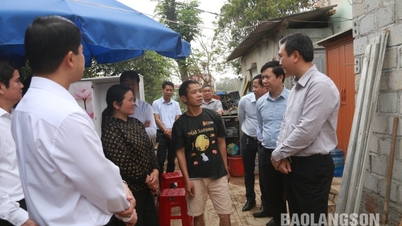

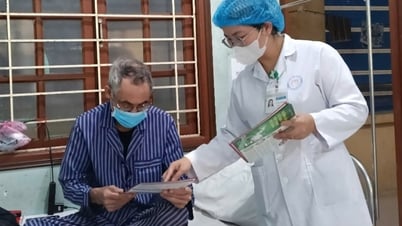

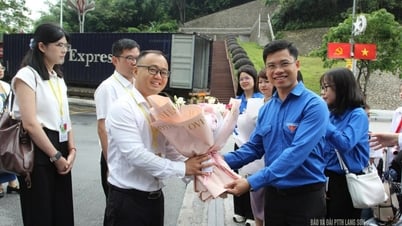
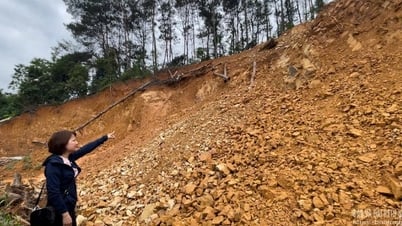

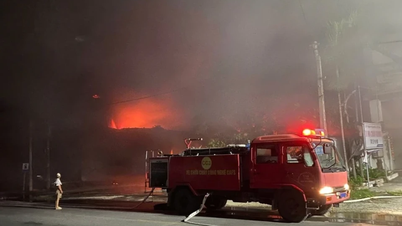
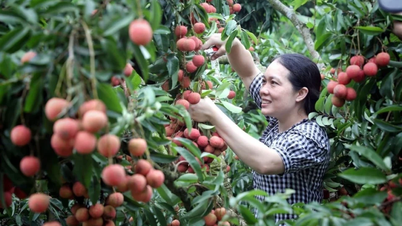




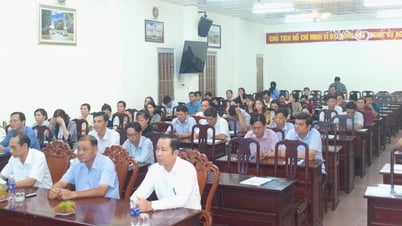






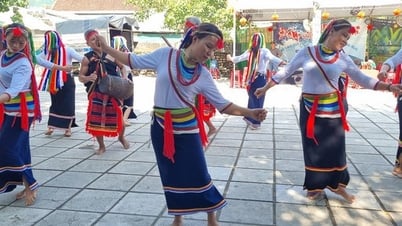



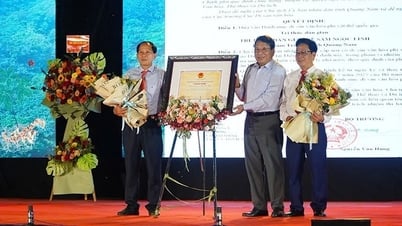

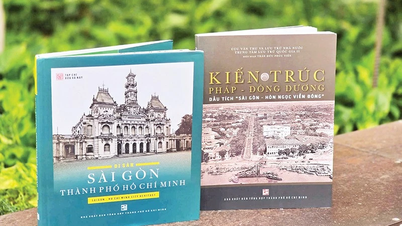




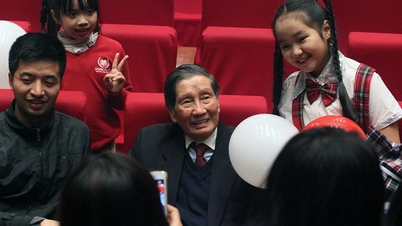

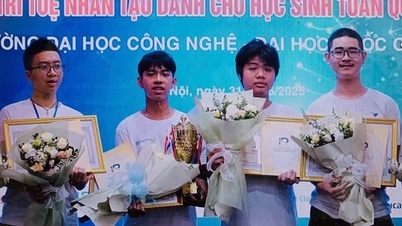





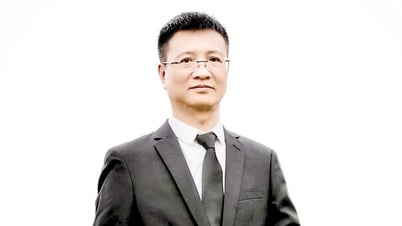




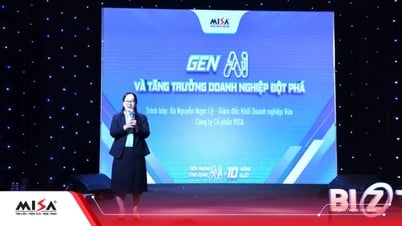



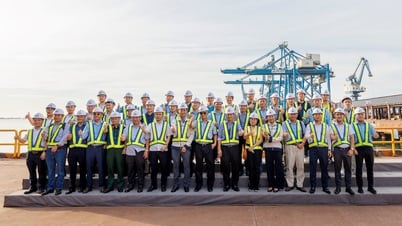


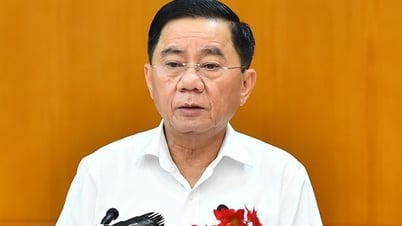



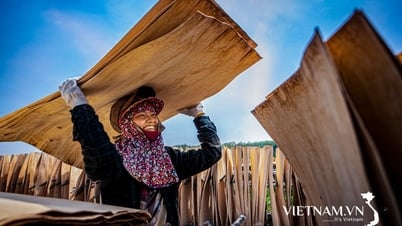





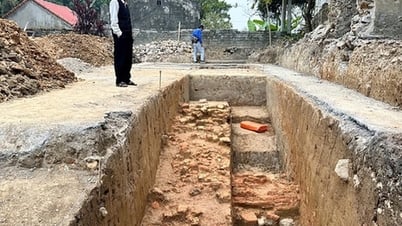


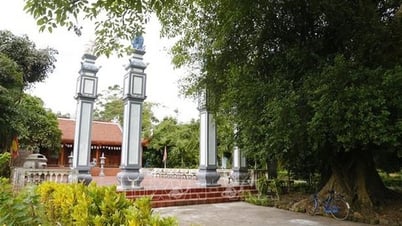
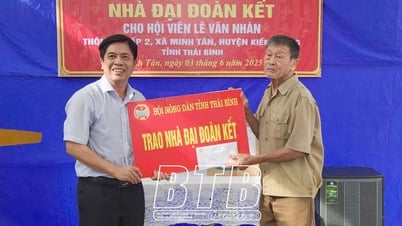





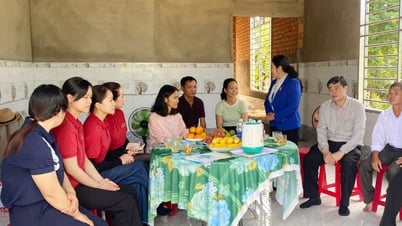

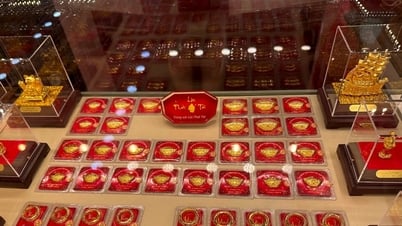


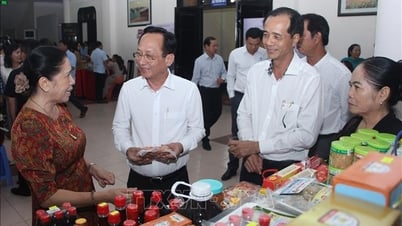









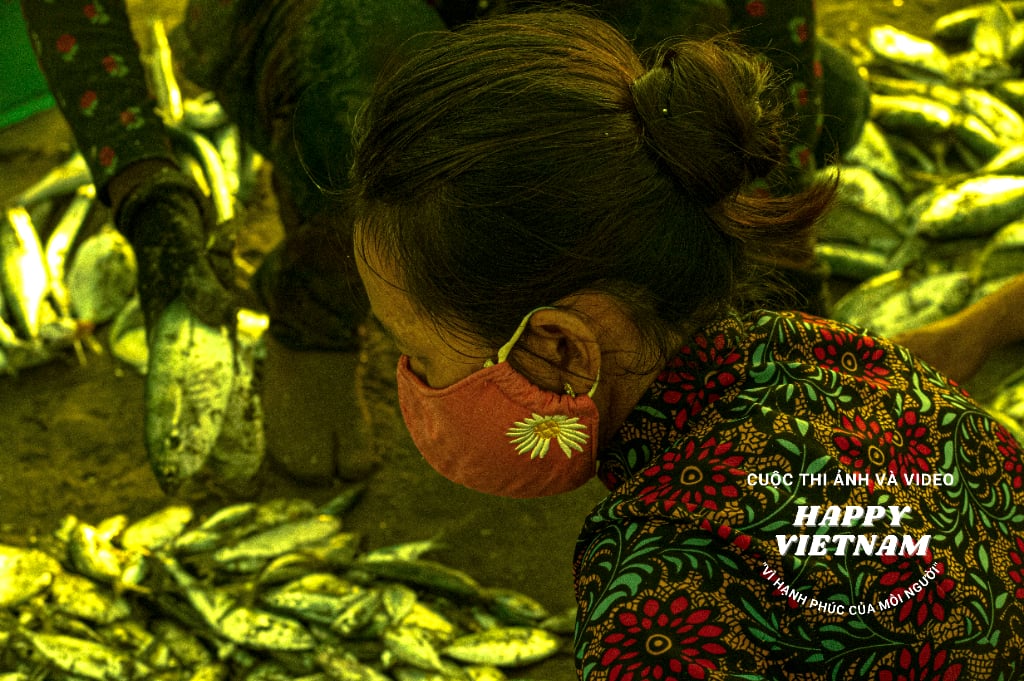

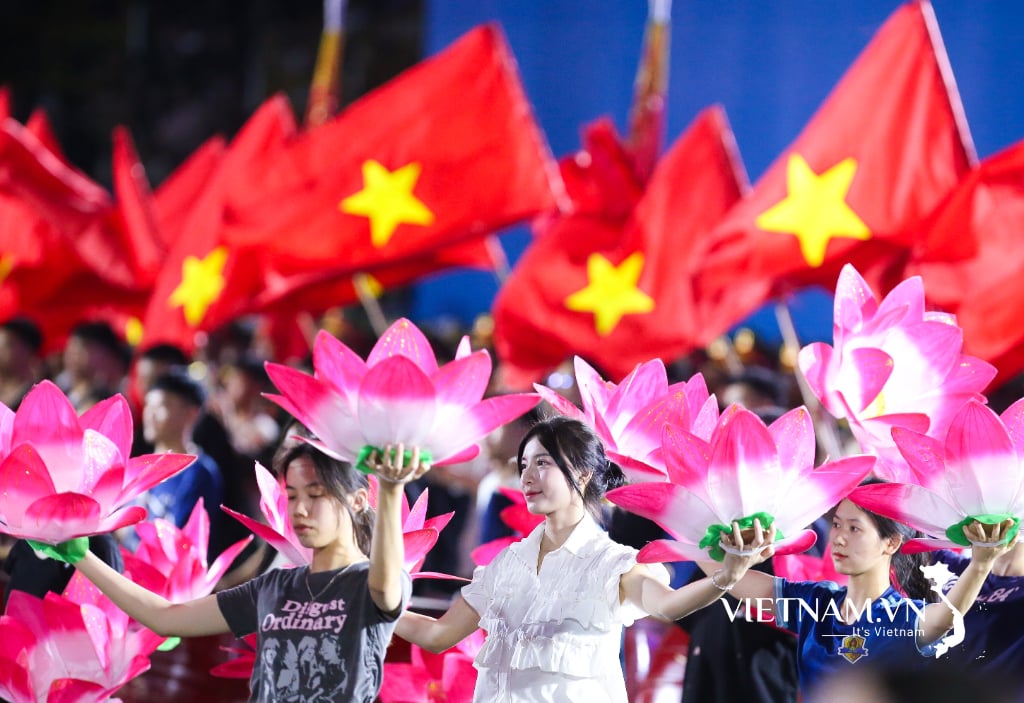
Comment (0)